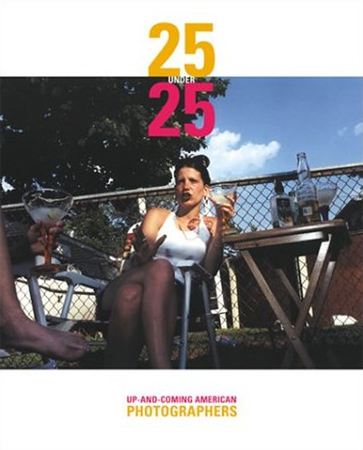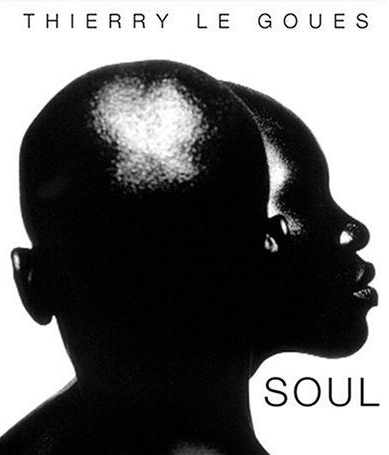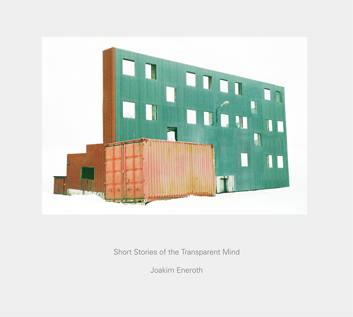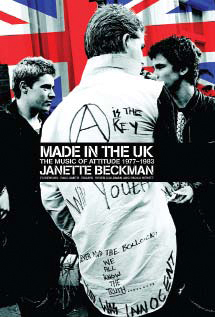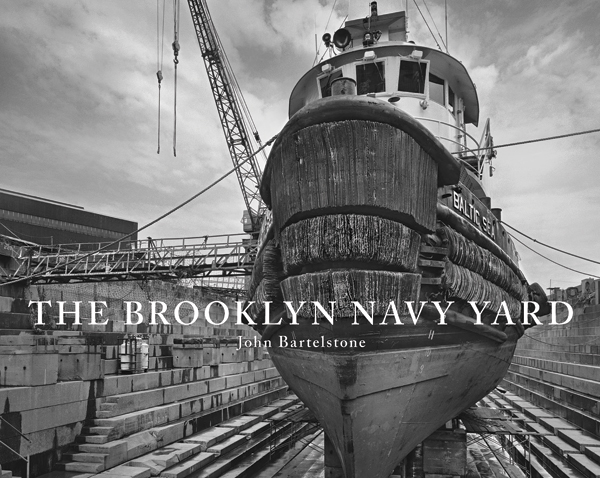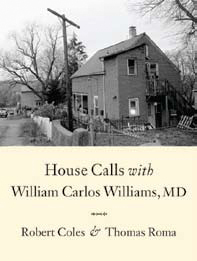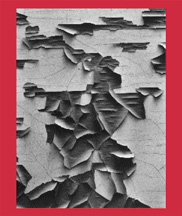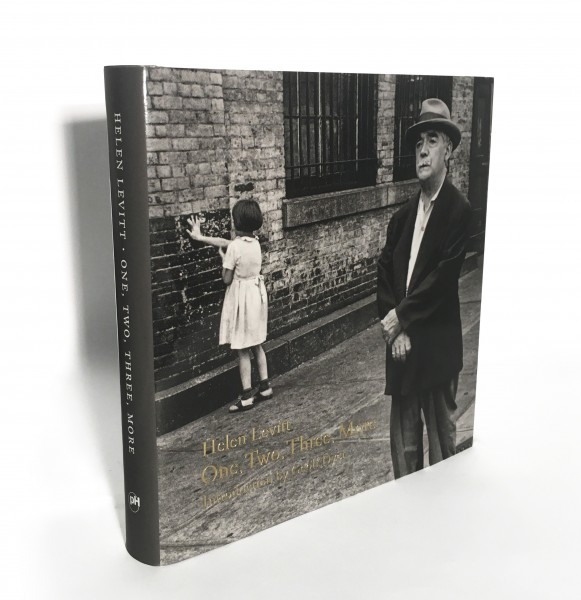$ 125
Order from the powerHouse Shop
“Among modern photographers, it could be said that Klein is the joker in the pack. Without formal training, he set out to discover a way of taking pictures—and invented a prototype. A nonconformist, a displaced person, he says with wariness now that he once believed in John Cage’s dictum that every spectator is always in the best seat.
“And like the work, the man can seem wayward—a wayward improvisation without (it seems) a center. “Anything goes,” Klein likes to say. He is a man of enormous talent and enormous defensiveness. At times he can remind you of the middle-aged hip photographer portrayed by Dennis Hopper in Francis Ford Coppola’s Apocalypse Now—a 60s figure, egotistical, and maddening. At other times, he can appear so boyish and enthusiastic, particularly about photography, that he seems more like Luke Skywalker going “Gee whiz!” at what the world contains. Both images of him, like any image, can prove deceptive.
“At the center of Klein’s work can be found an unexpected seriousness that virtually amounts to a declaration of faith. Klein succeeded in changing photography. Part of his talent was in showing us what the possibilities of a photograph could be. The root and heart of his work, from his early paintings and graphic designs to photography and films, reveal his fascination with the image of the city life and dream-nightmare around him—images that he first captured with a camera as if he were in a trance.
Photographs by William Klein
Essay by Claire Clouzot
Text by John Heilpern
Artist’s Book / History / Monograph
Paperback, 9 x 13 inches, 128 pages, 54 four-color and 82 black & white photographs
ISBN: 978-1-57687-038-9
“Among modern photographers, it could be said that Klein is the joker in the pack. Without formal training, he set out to discover a way of taking pictures—and invented a prototype. A nonconformist, a displaced person, he says with wariness now that he once believed in John Cage’s dictum that every spectator is always in the best seat.
“In his apparently raw and chaotic pictures what is meaningful might be found anywhere and what’s really happening can be in the background, half hidden.
“And like the work, the man can seem wayward—a wayward improvisation without (it seems) a center. “Anything goes,” Klein likes to say. He is a man of enormous talent and enormous defensiveness. At times he can remind you of the middle-aged hip photographer portrayed by Dennis Hopper in Francis Ford Coppola’s Apocalypse Now—a 60s figure, egotistical, and maddening. At other times, he can appear so boyish and enthusiastic, particularly about photography, that he seems more like Luke Skywalker going “Gee whiz!” at what the world contains. Both images of him, like any image, can prove deceptive.
“At the center of Klein’s work can be found an unexpected seriousness that virtually amounts to a declaration of faith. Klein succeeded in changing photography. Part of his talent was in showing us what the possibilities of a photograph could be. The root and heart of his work, from his early paintings and graphic designs to photography and films, reveal his fascination with the image of the city life and dream-nightmare around him—images that he first captured with a camera as if he were in a trance.


